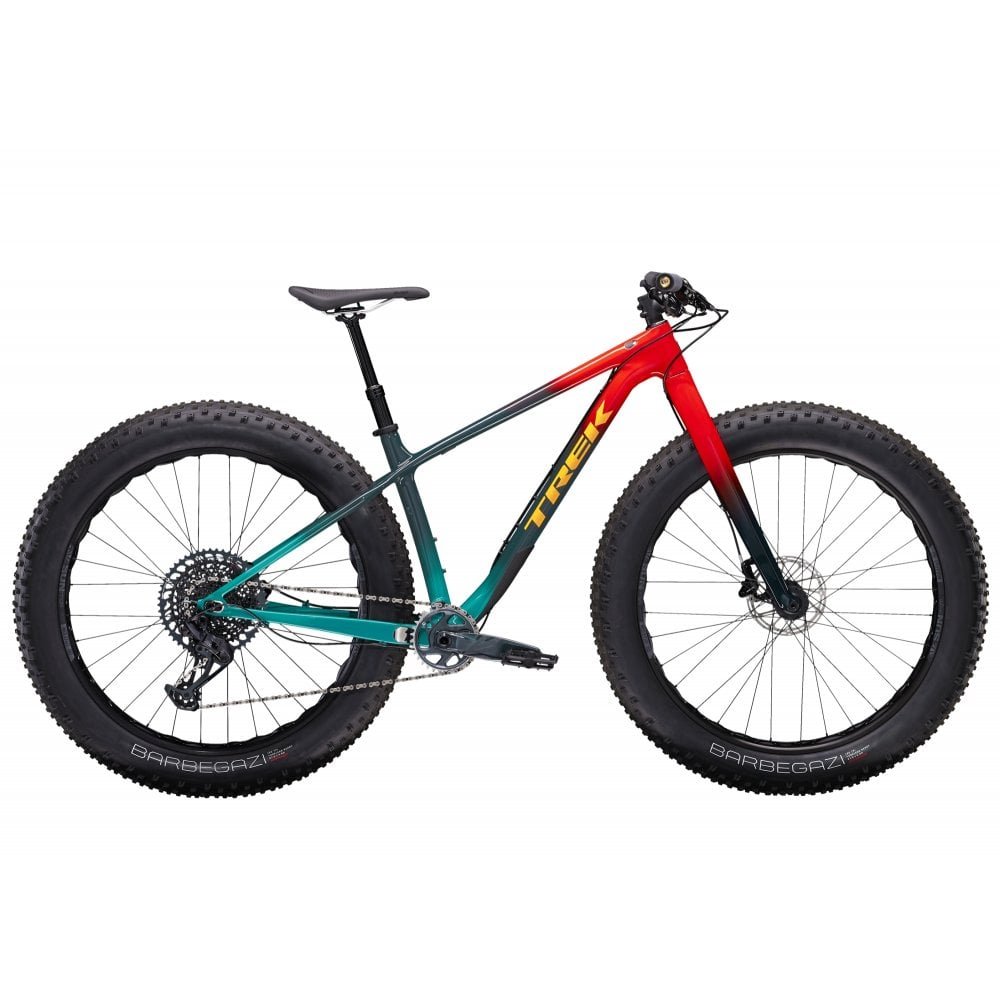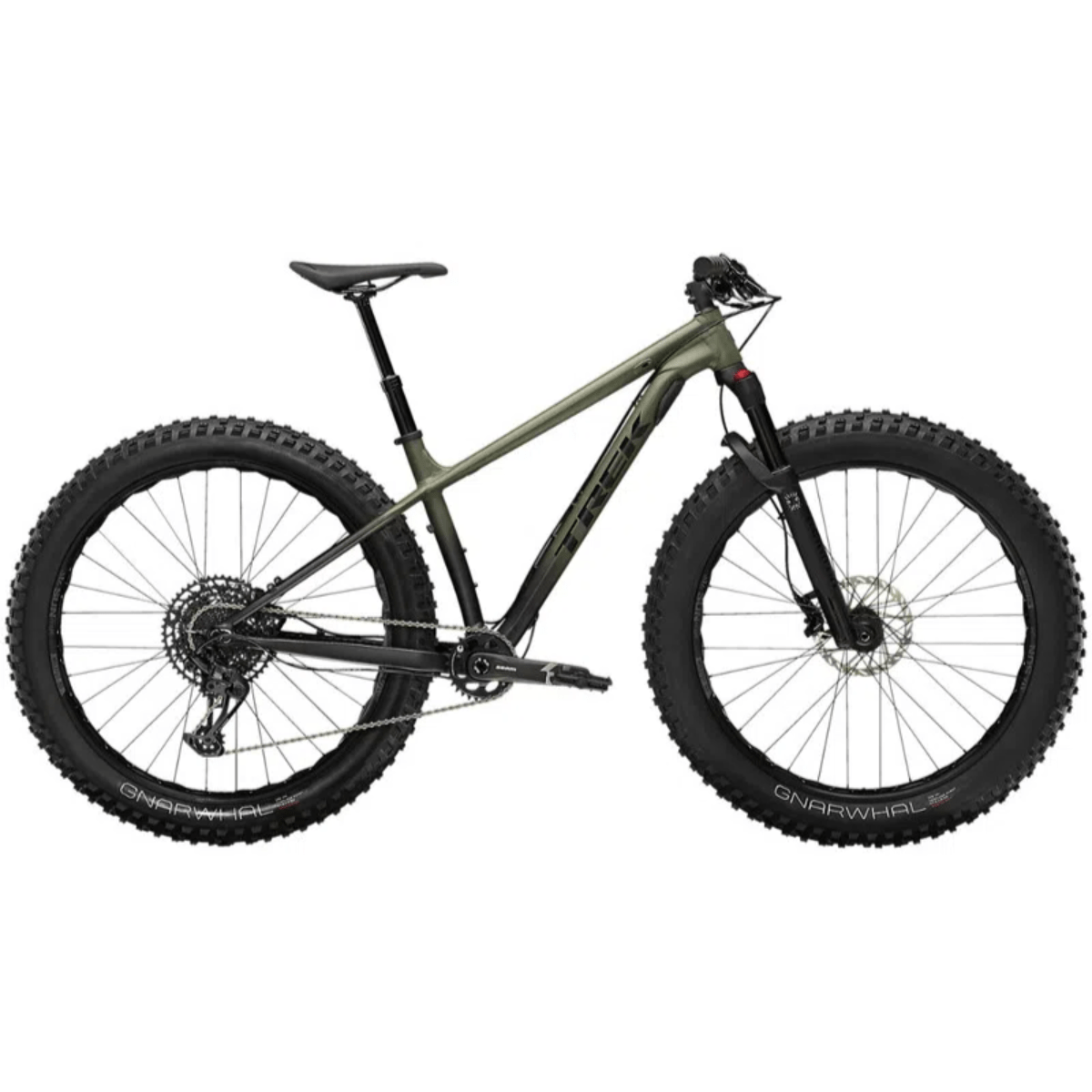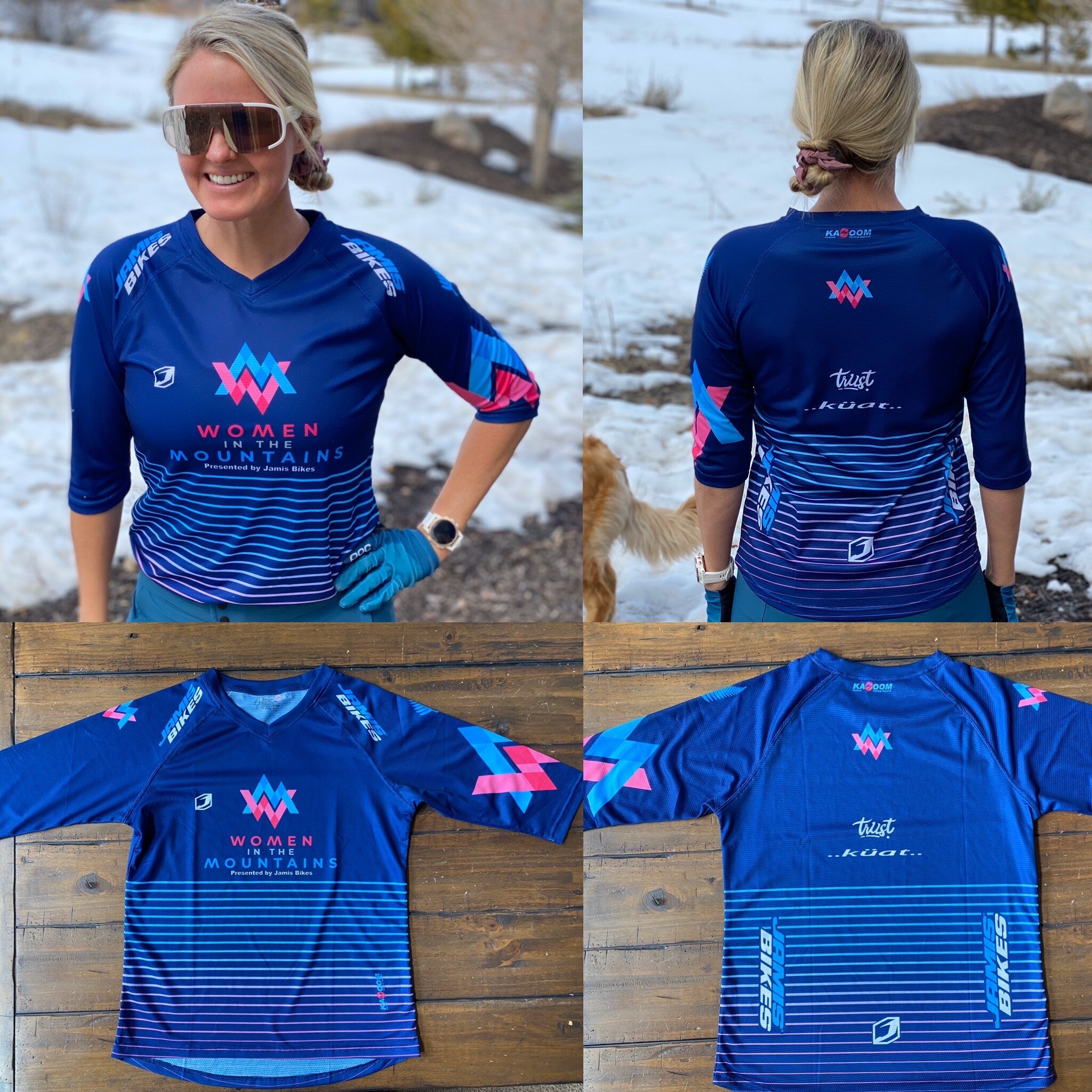Quick tips for choosing a fat-tire bike
You get what you pay for. As with all bikes, your safety and enjoyment will depend in large part on the quality of your bike’s frame and components. In other words, we don’t recommend buying bikes at the same store from which you buy paper towels and dog food. Look for good brands with solid components.
Size is critical. As with any other bike, a properly fitting winter bike is necessary to obtain maximum spoke stoke. You’ll not only be able to travel more efficiently on a well-fitting bike, but you’ll also reduce the risk of injury.
Shocks are less important with winter biking. While we generally recommend dual-suspension mountain bikes for dry-weather mountain biking, hardtail and rigid winter bikes are very common and sufficient for most winter biking paths. Snow-covered rock gardens allow for smoother rides, and the increased width and decreased pressure of fat tires absorb impacts better than regular tires.
Make sure your rack is fat-tire compatible. You might need a different transport rack for your fat-tire bike. We highly recommend the Kuat N.V. 2.0 rack, which can accommodate all standard and fat-tire mountain bikes.
Chat with your favorite local bike shop. Most bike shops have lower-than-usual inventory at the moment, but there is more flux than you might think. Your bike shop friends can tell you if they’re expecting any winter bikes, and many will reserve a bike for future purchase with a deposit.
Check your local classified sections! Browsing classified ads (KSL, Craigslist, etc.) as well as used-bike shops (PinkBike, Bike Blue Book, The Pro’s Closet, etc.) can get you a great deal! Just be sure you do your homework first.
Here are some great fat-tire bikes to consider (that are in stock) as of 2/7/22!
Pivot Les Fat Pro XT ($4699)
Trek Farley 9.6 ($3764)
Trek Farley 5 Mountain Bike ($2849.99)
Salsa Mukluk Carbon XT Fat Bike ($4199)
Places to rent a fat-tire winter bike
If you’ve never been winter biking, it’s reasonable to try it before you buy it. There are increasing numbers of adventure shops that have added fat-tire bikes to their winter-fun inventory. If you’re new to winter biking or unfamiliar with the terrain in a given area, it might be a good idea to sign up for a guided tour with your rental. Here are some options for fat-tire rentals and/or guided trips in popular winter vacation spots:
Park City, UT:
All Seasons Adventures
White Pine Touring
Storm Cycles
Jans Mountain Outfitters
Driggs, Idaho
Grand Targhee Resort
Teton Springs Lodge and Spa
Jackson, Wyoming
Teton Mountain Bike Tours
Turpin Meadows Ranch
Whitefish, Montana
Whitefish Bike Retreat
Glacier Cyclery and Nordic
Lake Tahoe, California
Bike Truckee
Northstar California Resort
Steamboat, CO
Wheels Bike Shop
Vermont
Catamount
Stratton Mountain Resort
Maine
Pineland Farms
Rangely Lakes
Stay warm my friends and let me know if you try fat-tire biking this winter!











